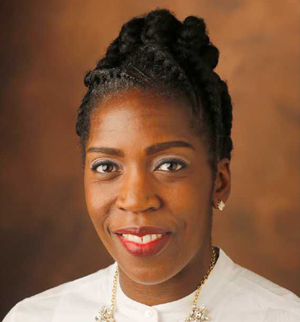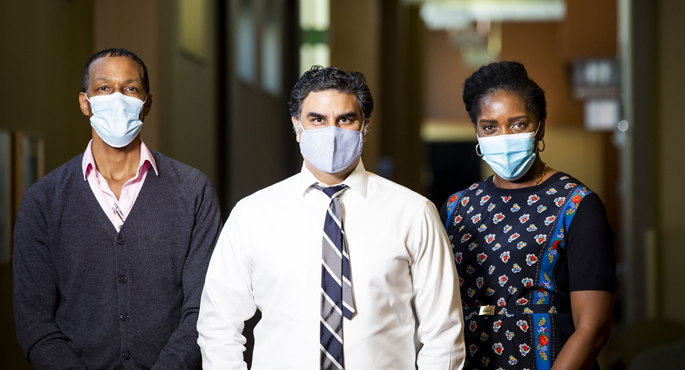by Paul Govern
Six years ago, in Nigeria, funding cutbacks for HIV treatment and the consequent introduction of patient fees were associated with sharp declines in new HIV clinic enrollments and patient adherence to antiretroviral therapy (ART).
That’s according to a study in the journal PLOS One by Vanderbilt University Medical Center infectious diseases specialist Aimalohi Ahonkhai, MD, MPH, and colleagues.

“Our study provides an instructive example of what can happen to the public health response to HIV when public funding dips,” said Ahonkhai, assistant professor of Medicine and a member of the Vanderbilt Institute for Global Health, who was joined in the study by colleagues from VUMC and from universities, research institutes and public health authorities in Boston and Nigeria.
Nigeria is home to some 1.9 million people living with HIV, and the country has long been a recipient of international aid to combat the pandemic. In 2014, with international aid scaling back, the Nigerian government found itself unable to fully meet its new commitments to help fund HIV treatment. To help make up the shortfall, many treatment programs instituted new patient fees.
The team studied records from a large HIV clinic in Lagos. While new fees at the facility came to only $166 per patient per year, the authors point out that 82% of Nigerians live on less than $2 per day. During the year following the institution of fees, new patient enrollment at the clinic decreased 66%, and the number of ART doses dispensed per month was reduced four-fold, from 3,182 to 757. Patient fees were also associated with 30% reduction in the likelihood of optimal patient adherence to drug therapy.
Compared to previous enrollees who received free care, patients who had to pay for care were more likely to be employed and educated. They were also 23% less likely to miss visits, and 45% less likely to be lost to follow-up.
“Taken as a whole,” Ahonkhai said, “our results suggest that more creative financing solutions that do not marginalize the poor or threaten public health progress in the global AIDS response are needed.”
The other VUMC researcher on the study is Muktar Aliyu, MD, MPH, DrPH. The study was supported in part by the National Institutes of Health (AI106406, MH108427).














